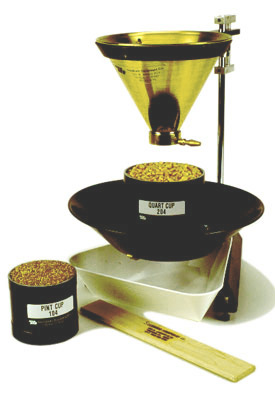By Peter Thomison-OSU Extension
This year I’ve seen more tillering in corn than normal, and there have been enquiries about the impact of tillers on crop growth. When farmers see extensive tillering in their corn hybrids they often express concern that the tillering will have a detrimental effect of crop performance (tillers will “suck” nutrients from the main plant and thereby reduce yields). As a result, tillers are often referred to a “suckers”. However, research has shown that tillers usually have little influence on grain yields and what effects they do have are generally beneficial.


Tillers are lateral branches that form at below ground nodes. Although tiller buds form at each below ground node, the number of tillers that develop is determined by plant population and spacing, soil fertility, early season growing conditions, and the genetic background of the hybrid. Many hybrids will take advantage of available soil nutrients and moisture by forming one or more tillers where stands are thin in the row or at the ends of rows. Tillers are most likely to develop when soil fertility and moisture supplies are ample during the first few weeks of the growing season. They are usually visible by the 6-leaf stage of development. Hybrids with a strong tillering trait may form one or more tillers on every plant even at relatively high populations if the environment is favorable early in the growing season.
A number of studies have been conducted to determine relationships between tillers and the main plant. Defoliation experiments in the 1930’s revealed that defoliated plants that had tillers yielded nearly twice as much grain as defoliated plants that had no tillers. These results suggested that there was a connection between the tiller and the main plant that allowed sugars produced in the tiller leaves to be moved to the ears of the main plants.
More recent studies have found that there is little movement of plant sugars between the main plant and tillers before tasselling. However, after silking and during grain fill, substantial amounts of plant sugars may move from earless tillers to ears on the main plant. When there are ears on both the tiller and the main plant, little movement of plant sugars occurs. The main plant and tillers act independently, each receiving sugars from their own leaves. The nubbin ears, that tillers may produce, therefore have no impact on the ear development of the main plant as was once thought.
If a particular hybrid shows excellent yield potential and also produces extensive tillering under some growing conditions, it should not be avoided. However, excessive tillering may indicate problems with stand density and distribution. If tillering is associated with row gaps and less than optimal plant populations, these are the conditions which need to be corrected to ensure optimal yields rather than selection of the hybrid.
Tillering can also be caused by diseases such as “crazy top” and Stewart’s bacterial wilt (which are also associated with other symptoms). Such tillering is a disease symptom and not beneficial to plant performance. Severe weather conditions ( i.e. hail, frost, and flooding injury) that destroy or damage the growing point can also result in tiller development and non-productive plants.






